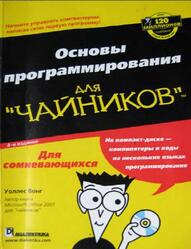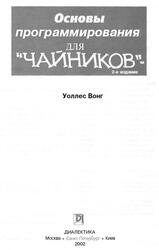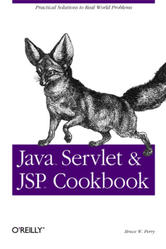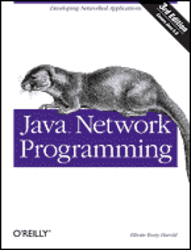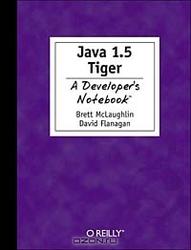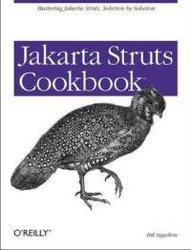The most widely used build tool for Java projects, Ant is cross-platform, extensible, simple, and fast. It scales from small personal projects to large, multi-team J2EE projects. And, most importantly, it's easy to learn. Java Development with Ant systematically explores what Ant can do and how to apply it to your project. Whether you are new to Ant or an experienced user, this book will show you powerful and creative uses for Ant. The book emphasizes basic concepts you need to know to effectively use Ant starting with Ant's XML-driven build process. It leads you step-by-step through everything you need to know to compile, test, package, and deploy an application. It then guides you through the maze of more complex situations common in larger projects such as enterprise Java applications and Web Services. With this book you will gain access to a powerful tool to automatically build, test and deploy your Java software, no matter how simple or complexit might be.
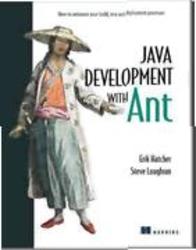
Despite these rather inauspicious beginnings, Ant found a good home in Apache Jakarta, and in a few short years it has become the de facto standard not only for open source Java projects, but also as part of a large number of commercial products. It even has a thriving clone targeting .NET.
In my mind four factors are key to Ants success: its extensible architecture, performance, community, and backward compatibility.
The first two—extensibility and performance—derive directly from James's original efforts. The dynamic XML binding approach described in section 19.3 of this book was controversial at the time, but as Stefano Mazzocchi later said, it has proven to be a "viral design pattern": Ant's XML binding made it very simple to define new tasks, and therefore many tasks were written. I played a minor role in this as I (along with Costin Manolache) introduced the notion of nested elements discussed in section 19.3.2. As each task ran in the same JVM and allowed batch requests, tasks that often took several minutes using make could complete in seconds using Ant.
Бесплатно скачать электронную книгу в удобном формате, смотреть и читать:
Скачать книгу Java Development With Ant, Hatcher E., Loughran S., 2002 - fileskachat.com, быстрое и бесплатное скачивание.
Скачать pdf
Ниже можно купить эту книгу, если она есть в продаже, и похожие книги по лучшей цене со скидкой с доставкой по всей России.Купить книги
Скачать книгу Java Development With Ant, Hatcher E., Loughran S., 2002 - Яндекс Народ Диск.
Скачать книгу Java Development With Ant, Hatcher E., Loughran S., 2002 - depositfiles.
Дата публикации:
Хештеги: #учебник по программированию :: #программирование :: #Hatcher :: #Loughran :: #Java
Смотрите также учебники, книги и учебные материалы:
Следующие учебники и книги:
Предыдущие статьи:

